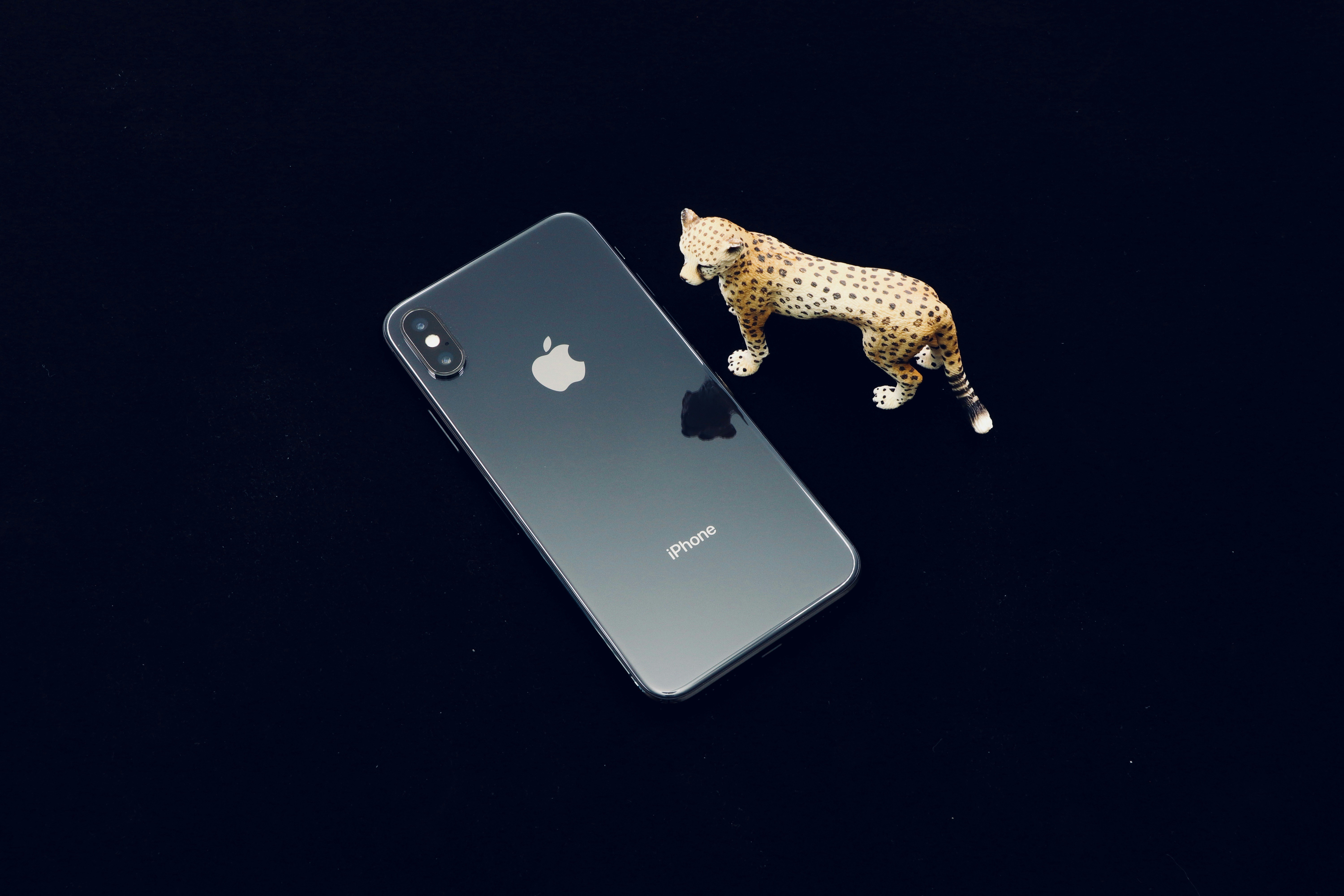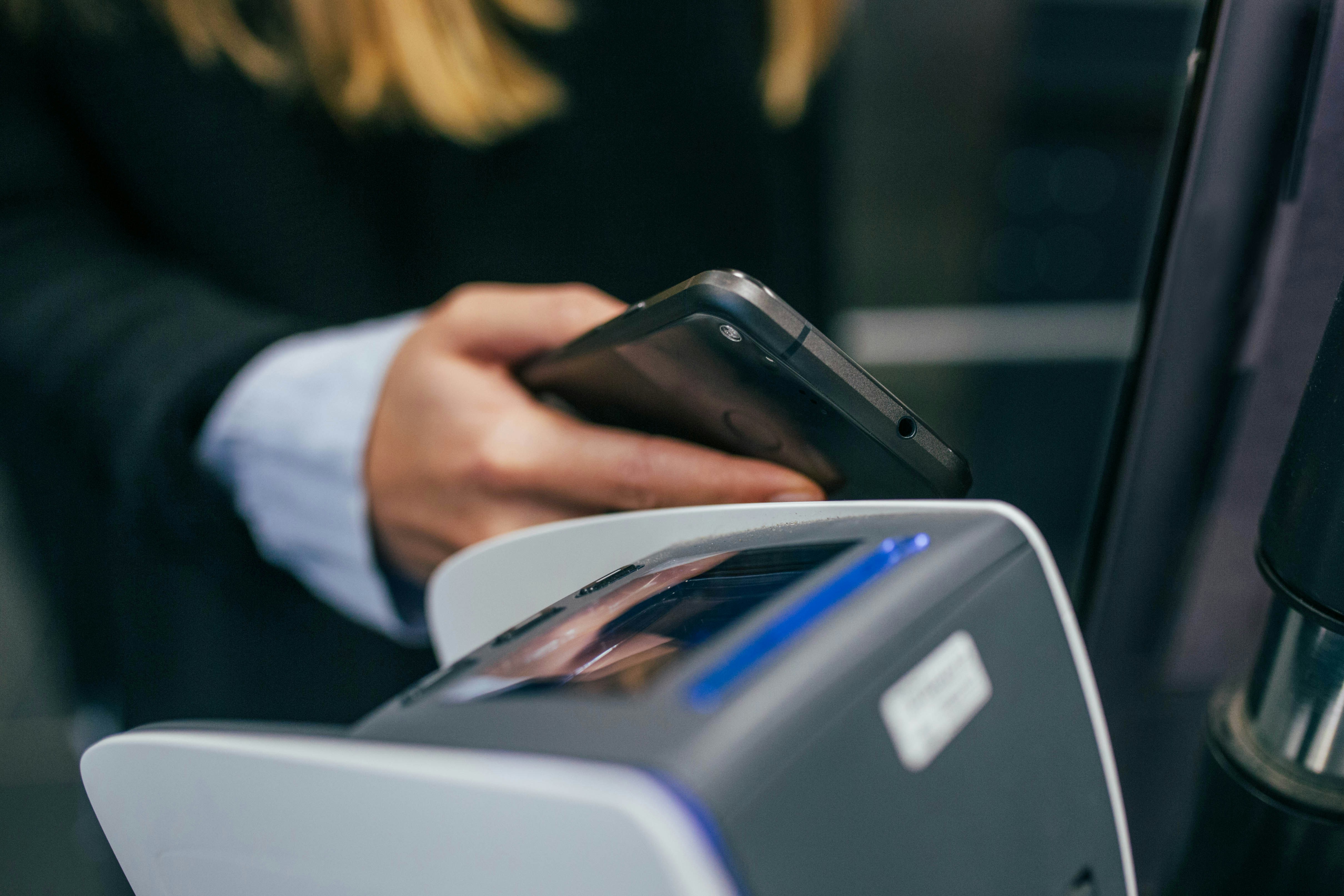
The Evolution of the iPhone: A 20-Year Journey
The launch of the first iPhone in 2007 marked a pivotal moment in the technology landscape, revolutionizing how users interacted with mobile devices. This groundbreaking smartphone not only combined a phone, an iPod, and an internet communicator, but also introduced a sleek design and an intuitive touch interface that set the standard for future devices. Over the years, the iPhone has undergone significant transformations driven by both hardware advancements and software innovations, culminating in the iOS 26 Liquid Glass Update.
One major milestone was the introduction of the App Store in 2008, which fundamentally changed consumer expectations for mobile applications. By providing developers with a platform to distribute apps easily, Apple birthed an ecosystem that encouraged creativity and competition, leading to the proliferation of mobile applications across various categories. This enabled users to customize their experience, paving the way for the app-centric lifestyle that has become integral to daily routines worldwide.
Considerable enhancements in camera technology have also been a defining factor in the iPhone’s evolution. From the early 2-megapixel camera to the current multi-lens configurations, each iteration has brought significant improvements in image quality and functionality. The introduction of features like Night Mode and the A16 Bionic chip has shifted the mobile photography landscape, encouraging consumers to utilize smartphones as their primary cameras.
Moreover, the rise of mobile gaming has been another significant component of the iPhone’s journey. As processing power increased and graphics capabilities improved, gaming experiences became more immersive and complex. Notable titles and franchises have thrived on this platform, thanks to continuous iOS updates optimizing performance and facilitating access to high-quality games.
Throughout these two decades, Apple’s commitment to innovation has ensured that the iPhone remains at the forefront of the smartphone industry, influencing competitors and shaping user preferences across the globe. The combination of hardware enhancements, software updates, and a commitment to user experience has ultimately defined the iPhone’s legacy and solidified its position in the market.
Introducing iOS 26: What’s New in This Groundbreaking Update?
The introduction of iOS 26 marks a significant milestone in Apple’s history, particularly as it celebrates the 20th anniversary of the iPhone. This update comes packed with a variety of innovative features that emphasize enhanced user experience and aesthetics, notably through the incorporation of ‘Liquid Glass’ technology. This cutting-edge material not only adds a visually appealing element to devices but also improves their durability and overall longevity.
One of the standout features of iOS 26 is the refinement in functionality across several built-in applications. Users can expect faster performance and improved multitasking capabilities, allowing for a smoother interaction across different apps. Enhanced notification management will enable users to customize their alerts more effectively, ensuring they receive timely information without unnecessary distractions.
Furthermore, iOS 26 has prioritized security enhancements, which are critical in today’s digital landscape. The update introduces advanced encryption protocols and improved authentication measures, providing users with an elevated sense of security for their personal information. This commitment to safeguarding user data reaffirms Apple’s stance on privacy and trustworthiness as foundational principles of its ecosystem.
In addition to these enhancements, iOS 26 is also aligned with Apple’s sustainability efforts. By utilizing ‘Liquid Glass’ technology, Apple is not only enhancing the aesthetic appeal and resilience of their devices but is also utilizing materials that are designed to minimize environmental impact. This approach demonstrates Apple’s continued commitment to environmental responsibility while pushing the boundaries of technology.
Ultimately, the iOS 26 update represents a harmonious blend of performance, security, and a forward-thinking design approach. As users begin to experience these new features, they will likely appreciate how this update further enriches their interaction with Apple devices while setting a new standard for innovation in mobile technology.
How Liquid Glass Technology Works: The Science Behind the Shine
Liquid Glass technology represents a significant advancement in the materials used for modern mobile devices, particularly in enhancing their durability and aesthetics. This innovative material, primarily composed of silica, creates an ultra-thin protective layer that adheres to the surface of devices. When applied, it forms a robust and resilient barrier capable of withstanding everyday wear and tear, including scratches, impacts, and environmental factors. The molecular structure of Liquid Glass is designed to be both flexible and strong, making it an ideal choice for applications in smartphones, especially with the upcoming iOS 26 update for the 20th Anniversary iPhone.
One of the remarkable features of Liquid Glass technology is its ability to improve visual clarity. While traditional materials, like plastic and polycarbonate, often degrade over time, leading to a cloudy appearance, Liquid Glass maintains a high level of transparency. This ensures that the stunning visuals displayed on today’s smartphones remain clear and vibrant, enhancing the overall user experience. Furthermore, the smooth surface created by Liquid Glass aids in touch sensitivity, making interactions with the device feel more seamless and responsive.
The development of Liquid Glass has involved extensive research into nanotechnology and material sciences. Engineers and scientists collaborated to harness the properties of silica at the molecular level, enabling them to design a coating that not only meets the demands of modern smartphone users but also exceeds the performance of previous protective materials. This has positioned Liquid Glass as a game-changing solution in the realm of device protection. In comparison to older materials such as tempered glass, which can shatter under pressure, Liquid Glass offers a unique combination of resilience and transparency, making it an essential component of the latest smartphone innovation.
The Impact of the 20th Anniversary iPhone: Looking Ahead
The launch of the 20th Anniversary iPhone marked a significant milestone in the evolution of consumer electronics, reflecting two decades of innovation and transformation. Over the years, the iPhone has not only redefined mobile communication but has also influenced social interaction patterns and the entire landscape of mobile computing. This device has become synonymous with the smartphone experience, setting benchmarks in technology, design, and user engagement.
Historically, the iPhone introduced functionalities such as the App Store, which allowed users to customize their devices with applications tailored to their individual needs. This move catalyzed a seismic shift in mobile software development, leading to a thriving ecosystem of apps that power personal productivity, social connectivity, and entertainment. As a result, the way individuals communicate, share information, and engage in everyday tasks has undergone substantial change, making the device an integral part of daily life.
As we look ahead, the release of the iOS 26 Liquid Glass update unveils new potentials for the future of smartphones. Enhancements in user interface, security features, and augmented reality support indicate a continued commitment to innovation. Apple has consistently demonstrated its ability to anticipate consumer needs, shaping the mobile landscape with forward-thinking technologies. Consequently, one can speculate that future smartphones will become even more deeply embedded in our routines, offering seamless integration with smart home devices and advanced Artificial Intelligence functionalities.
Moreover, the cultural significance of the iPhone transcends pure technological advancement; it has fostered a new era of social interaction where information is instantly accessible. As Apple pushes the envelope with regular updates and improvements, the company is likely to maintain a pivotal role in defining user expectations and setting trends in the consumer electronics market. With a legacy of innovation firmly established, the stage is set for the next wave of technological advancements that will redefine what is possible in the realm of smartphones.


